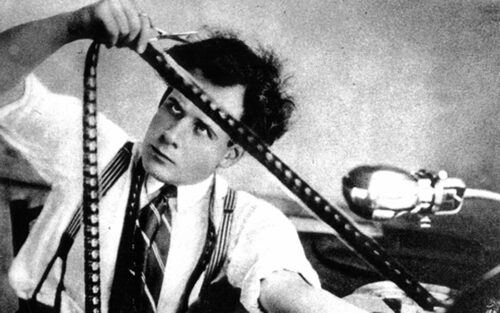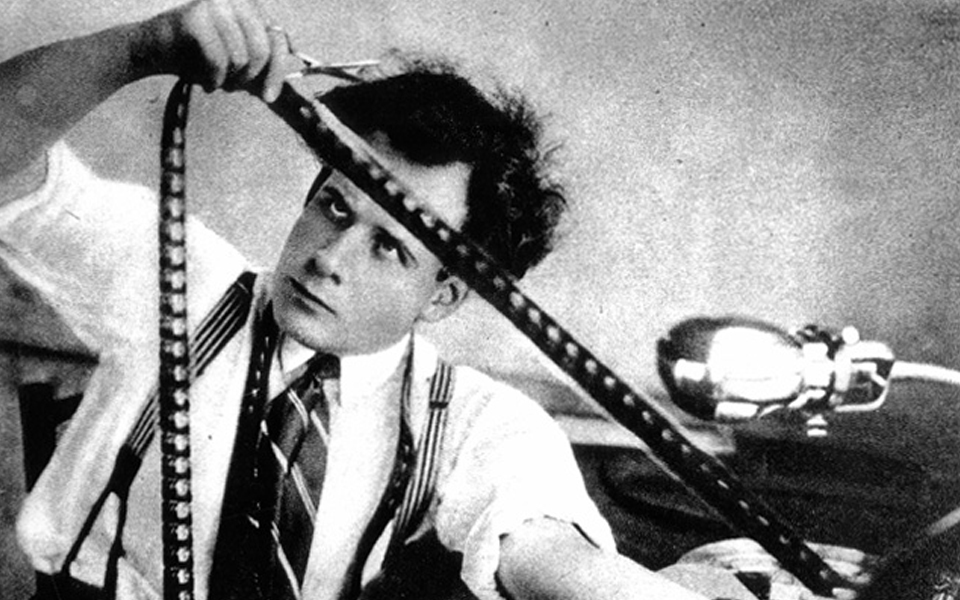
To cut on motion means that the subject in Shot #1 is in motion at the out point of the
edit and another subject in Shot #2 is in motion at its in point, so that both subjects are
in motion at the edit point. Cutting on motion can cover a multitude of editing problems
while keeping the audience glued to the screen.
I produced a 12-minute manufacturing video with hundreds of edits where virtually each one was a cut on
motion. The sound track was classical music with only minimal narration. My clients loved it and even people who don’t care at all about manufacturing find themselves hypnotized by the interesting motions driven by Wolfgang Amadeus Mozart.
A nice thing about cutting on motion is that you can cut from any motion to almost any
other motion. For example, take shots of a red ball bouncing down the stairs in your
home. Then make shots of it bouncing into the street outside and then down a few
blocks to a store and finally landing in a whole rack of identical red balls. Even if you
had only ten shots, you would find hundreds, if not thousands, of edit points where you
could cut on motion. One cut might be of the ball bouncing high in the air against a
background of blue sky. In the next cut, the ball seems to fall from its last bounce. The
background is apparently the same blue sky, but as the ball falls, an entirely new
location is revealed.
You can take a lot of liberties with continuity by cutting on motion. The red ball could
bounce out of the frame in one shot and into a new location in the next shot. This
technique of cutting on motion can help you edit any kind of scene with motion. It will
speed your editing work and produce a dynamic scene that grabs your audience.
The video below includes a series of edits that were cut on motion. This helps the video flow.







Recent Comments